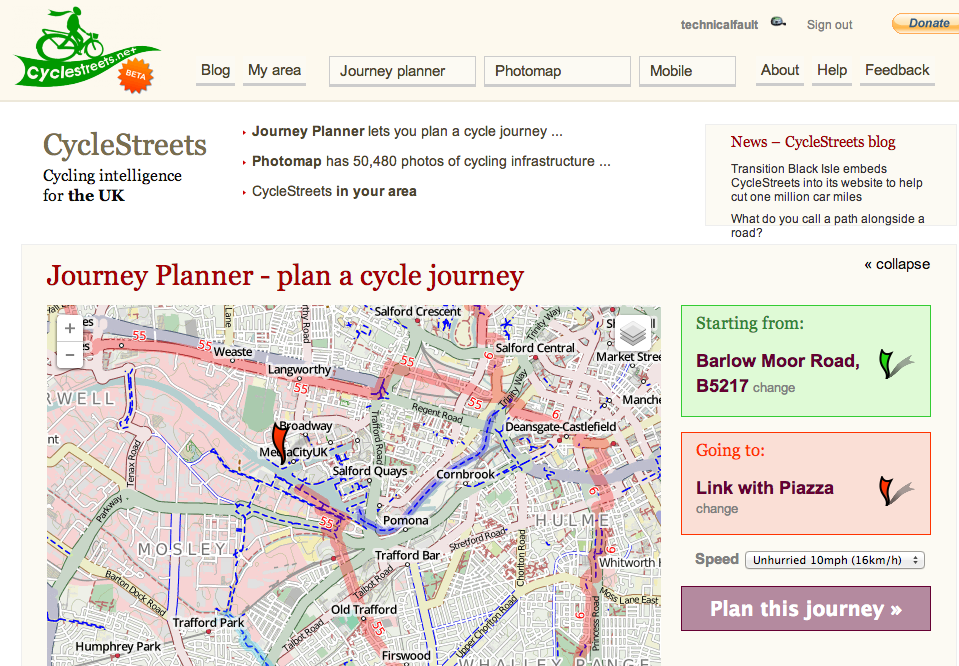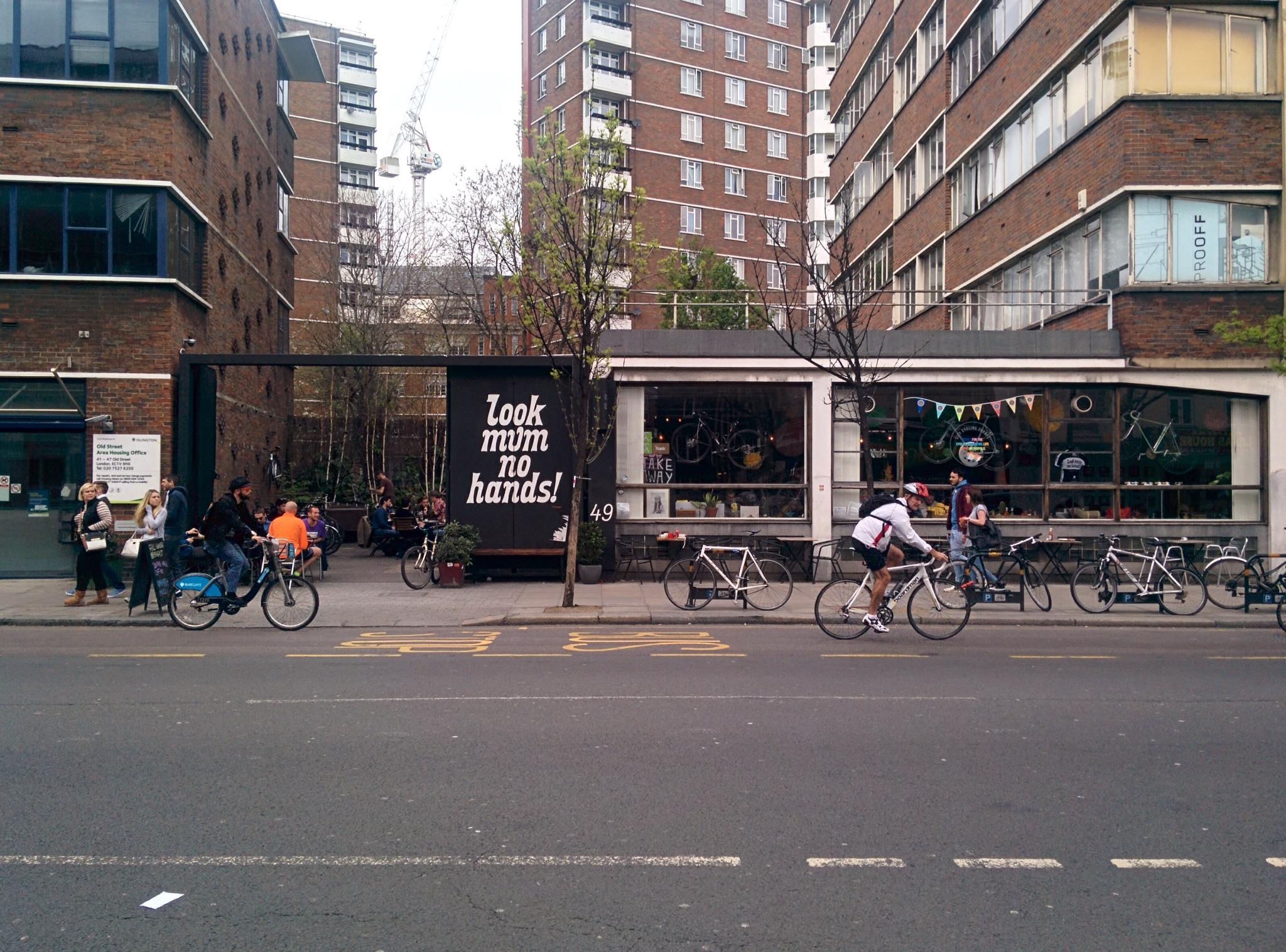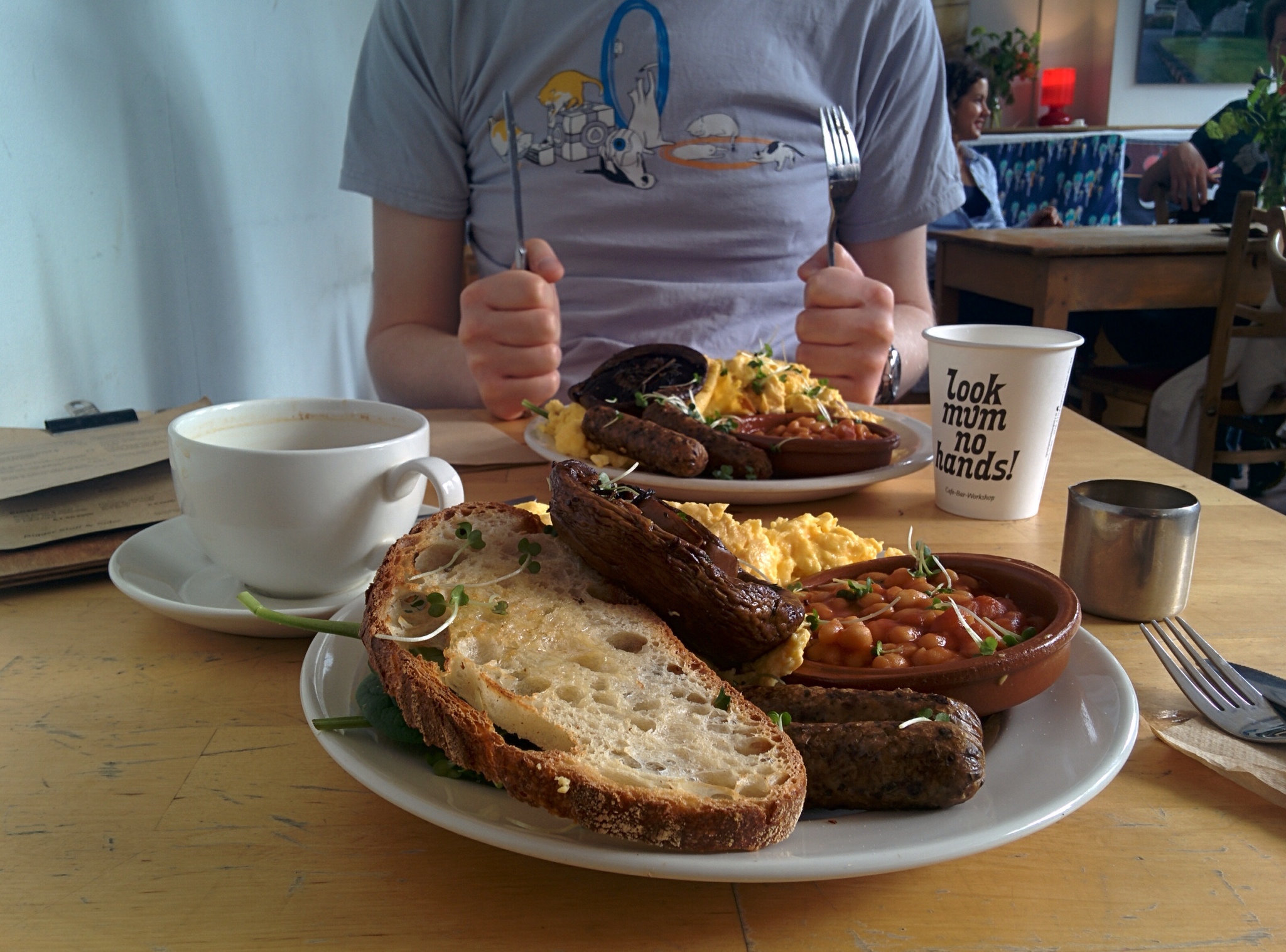This weekend marks the inaugural Cycle Hack Manchester: part of a global movement to find ways to remove barriers that stop or inhibit people from cycling.
It sounds like an exciting and wonderfully positive event and even more so by being part of a global movement.
Unfortunately, I can’t be there. But I look forward to reading about what happens. Because I believe that cycling can be the biggest hack for this city’s greatest problem: congestion.
Cycling around Manchester is both a joyous and intensely challenging experience.
Manchester is one of the most congested cities in Europe.
It’s incredible to believe though when you consider the city centre has one of the lowest levels of car ownerships in the country. In 2010, before the endless development work and at the height of the recession, the average speed of traffic in central Manchester between 1700-1800 was barely 12 mph.
Cycling in Manchester does put you right in the middle of that slow, congested mess – but it offers a way out.
It’s by far the quickest way to get around, certainly for journeys up to 5 miles. It’s door-to-door and with a reasonable speed of 12 mph is no slower than the average speed of cars in traffic. The council leader even demonstrated this in a race between bikes, buses, cars and trams.
Getting more people moving is key to making Manchester the Northern Powerhouse it seeks to become. How can the city seek to deliver economic growth when you can’t even get to the office or to shops?
That’s why cycling could be one of the simplest, cheapest and most effective hacks to relieve this city’s chronically congested arteries.
This is the narrative that I’d like to see explored further when it comes to promoting cycling.
It’s not about endless training courses, or bits of plastic on your head.
Cycling can help solve congestion. It can get more people moving, quicker.
No-one can claim that this is a bad thing.
Yet politically, there’s much against people who use bikes to get around.
The (cycling!) council leader seems to hate cyclists. The police stop cyclists for minor misdemeanors whilst blocking bike paths and advanced stop lines. New developments ignore cycling provision or even dig them up. Metrolink, in particular, ignore the pleas of cyclists not to destroy key commuting routes. All while the council PR machine bleat on about training and helmets as the answer to getting more people on the road. I won’t even start about other road users who regularly terrorise vulnerable people on two wheels.
So – deep breath – what do we do?
Tweeting angrily to councillors is pointless. Making them sign petitions is worth little, particularly when there’s no opposition to hold councillors to account on their promises.
It seems to me that the only thing that has really seemed to make an impact in the short to medium term is harnessing the power of the business community.
The Cycling Works campaign in London showed that if you can get businesses & employers behind your campaign, using a narrative of reducing congestion, economic growth (and safety), you can make change. London is seeing the development of the biggest, most substantial and highest-quality cycling infrastructure it has probably ever seen – the East-West Cycleway.
It’s not perfect, but this type of fully thought-out, segregated and connected infrastructure will get even more people moving about by bike and hopefully lead to a snowball effect in the nation’s capital.
Contrast this to a councillor’s statement at a University of Manchester salon on cycling, that the inability for cars to get around the city centre due to the works would in fact lead to more people using bikes!
Manchester holds dear the platitudes of bygone heroes about progress and love.
Progress as a Northern Powerhouse is impossible without solving problems held over from the past.
Let’s work together with business and employers across the city to build a new campaign and show the same leadership and forward-thinking for which Manchester has historically been known.
Because cycling could be the biggest hack for this congested city’s economic growth.




